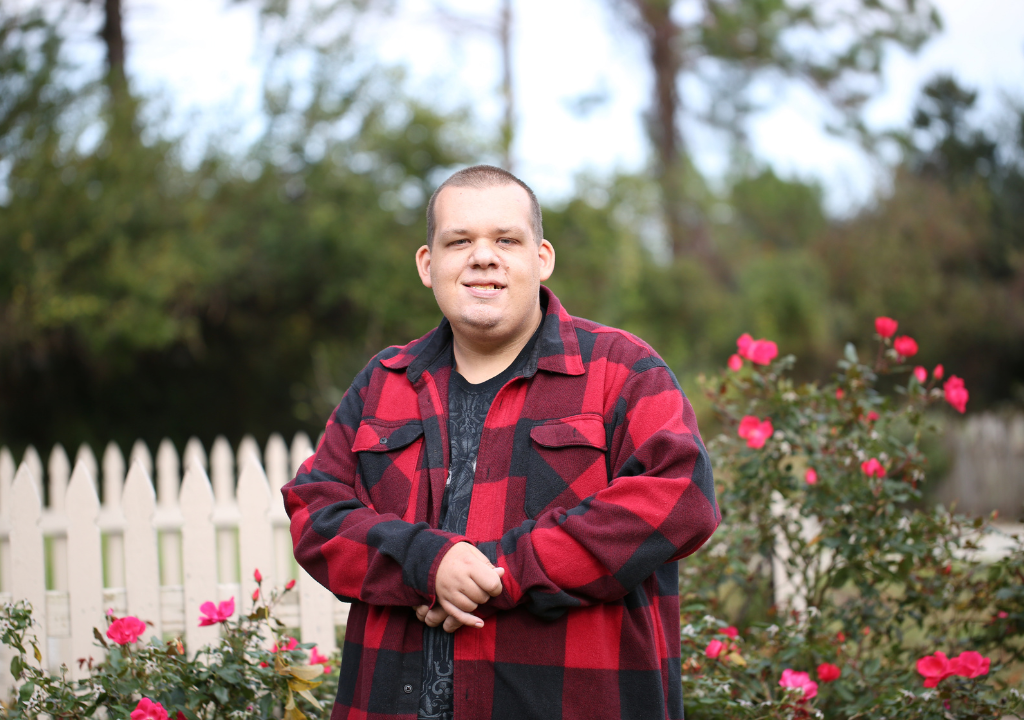To get the most OPWDD services, you need to be eligible for Medicaid and the Home and Community-Based Services (HCBS) Medicaid Waiver. HCBS Medicaid waivers give people with disabilities a choice about where they live and how to get services they need.
Before applying to the Medicaid waiver, OPWDD requires individuals to explore all other possible ways to get the services they need, including those offered through school, early intervention, health insurance, and OPWDD non-Medicaid services. For more information please read, “What are Family Support Services?” and “What are Medicaid waivers?”
Here are the steps to apply for the waiver.
Step 1
Get OPWDD eligibility
If you do not already have OPWDD eligibility, you will need to apply for it. To get approval, you will need to show that you have a developmental disability that meets OPWDD rules.
Step 2
Confirm waiver eligibility.
Start by working with your Care Coordination Organization (CCO) or service access agency to confirm that you meet the requirements listed below for the OPWDD HCBS waiver.
- Have a developmental disability diagnosis that meets OPWDD guidelines
- Have Medicaid, or you will be eligible for Medicaid
- Be living in the community
- Is eligible for care through an intermediate care facility or residential school
- Have a choice between getting services through the HCBS waiver and an Intermediate Care Facility (ICF)
- Have a documented need for waiver services
Step 3
Start service planning.
If you already have Medicaid, then you are enrolled in a CCO, and the CCO assigns you a care manager. For more information about care managers, please see our article, “What is care management?”.
If you do not already have Medicaid, you will work with the CCO staff to figure out what waiver services you need.
Information about which waiver services you need must be included in your Life Plan. A Life Plan is a document that is created during service planning that has information about you, your life, your health, your relationships, as well as your goals and what supports you need to achieve them.
For more information about service planning, please see our article, “What is service planning?”.
Step 4
Submit an application to the DDRO.
You will work with the CCO to submit all of the required documents listed below to the DDRO.
- Application for Participation in the OPWDD HCBS Waiver & Documentation of Choices Form
- Request for Service Authorization
- Life Plan draft
A letter explaining your need for waiver services is not required, but is strongly recommended.
Step 5
Get a response from the DDRO.
If you get a letter, “Waiver Service Application – Request for More Information”, it means DDRO needs more information to make a decision.
If you get an “Authorization of OPWDD Services”, it means you already have Medicaid and you have been approved for the waiver. You can skip Step 6 and go to Step 7.
If you get a letter “Waiver Services Application – Request for Compatible Medicaid Coverage”, it means that you need to apply for and be enrolled in Medicaid before DDRO can enroll you in the waiver. Please see Step 7.
If you get a “Denial of Participation in Home and Community Based Services Waiver”, it means that the DDRO decided that you do not meet the requirements to enroll in the waiver. The notice will give you information about what to do if you disagree with this decision.
You can also check out our “Know Your Rights” articles for more information or call our helpline at 1-800-762-9290.
Step 6
Apply for Medicaid.
If you do not already have Medicaid, you must apply and be approved through your local department of social services in order to be able to enroll in the waiver.
When you are approved for the waiver, OPWDD will send you a letter instructing you to apply for Medicaid to complete your waiver enrollment.
The waiver allows for children under 18 years old to receive services even if their family income is above the Medicaid limit. This is parental deeming.
To find your closest LDSS office, visit the New York State Department of Health’s webpage: New York State Local Departments of Social Services Contact Listings by County.
Step 7
Finish service planning.
Tthe CCO that helped you apply will assign you a care manager. You will work together with your care manager and other people you would like to help you make decisions. OPWDD calls this group of people your Circle of Support. For children this would be parents, guardians and other caregivers.
Together, you will complete the Life Plan that you started, and your care manager will work with you to find service providers.
The providers will write a staff action plan, which explains how they will work with you to meet the goals from your Life Plan.
Step 8
Complete assessments.
During the service planning process your care manager will have you complete two different types of assessments.
- Developmental Disabilities Profile (DDP-2)
- Coordinated Assessment System (CAS) or the Child and Adolescent Needs and Strengths (CANS) for those who are under 18 years old
OPWDD staff use these assessments to learn more about you including your strengths, challenges and needs. For more information on assessments you can check out our article on “What are assessments?”



